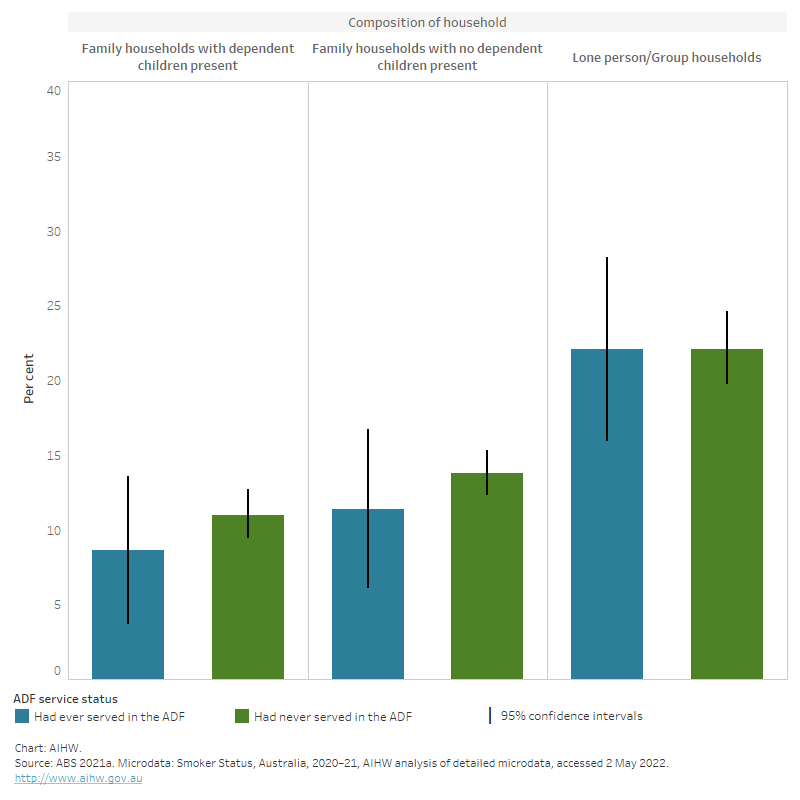Composition of household
How did we define different types of households and dependent children in this report?
A household is broadly defined as a person, or group of people aged 17 years or over who occupy a private dwelling, such as a house or an apartment.
In this report, composition of household has been defined as:
- Family households with dependent children – includes households which contain two or more persons, one of whom is at least 15 years of age, who are related by blood, marriage (registered or de facto), adoption, step or fostering, and who usually live in the same household, and which contain one or more dependent children.
- Family households with no dependent children – includes households which contain two or more persons, one of whom is at least 15 years of age, who are related by blood, marriage (registered or de facto), adoption, step or fostering, and who usually live in the same household, but which does not contain any dependent children.
- Lone person/group households – includes households which contain only one person, and households which contain two or more unrelated persons with no reported couple relationships, parent-child relationships or other blood relationships.
In this report, dependent children are defined as:
- all persons aged under 15 years
- persons aged 15–24 years who are full-time students, have a parent in the household and do not have a partner or child of their own in the household (ABS 2020).
Analysis of the ABS Smoker Status, Australia 2020–21 data set indicated that in 2020–21, for males aged 18 years and over who had ever served in the ADF:
- rates of current smoking were similar between family households with and without dependent children (8.6% and 11%, respectively). This differed to those who had never served in the ADF, where those who lived in family households with dependent children had a lower rate of current smoking than those who lived in family households without dependent children (11% and 14%, respectively).
- irrespective of ADF service status, those living in lone person/group households had the highest rates of current smoking (22% for both) (Figure 2).
Figure 2: Current smoker status of males, by composition of household and ADF service status, 2020–21
The bar chart shows that males living alone or in group households were most likely to smoke, irrespective of ADF service status.



